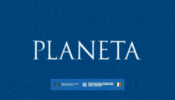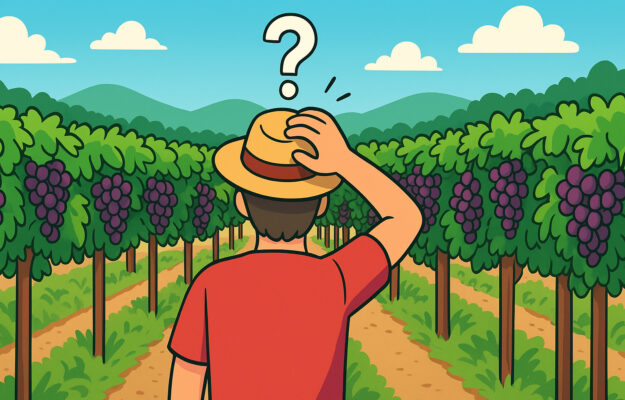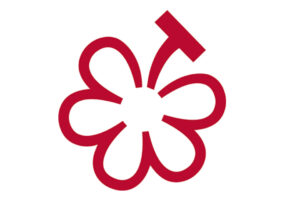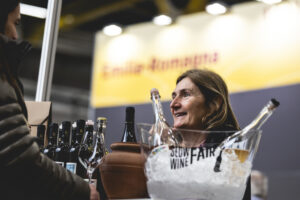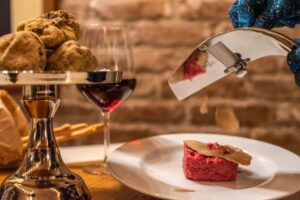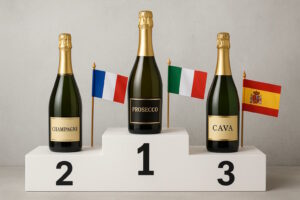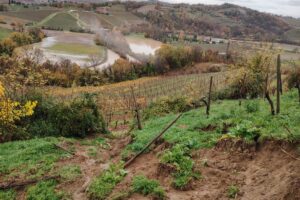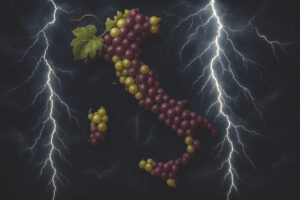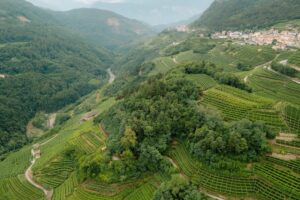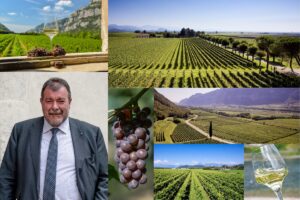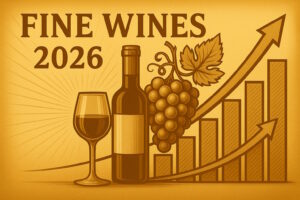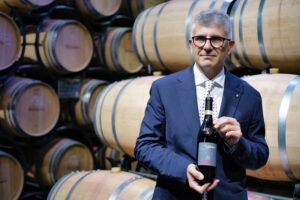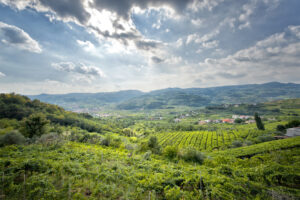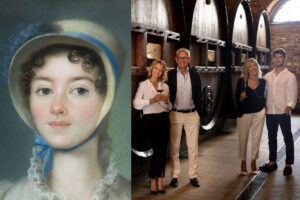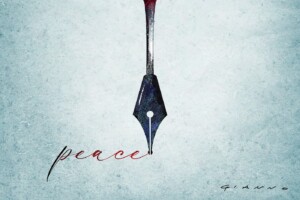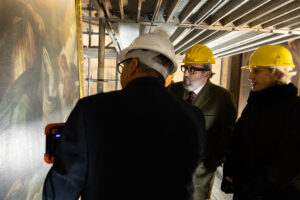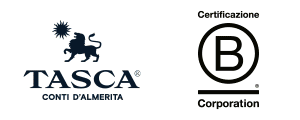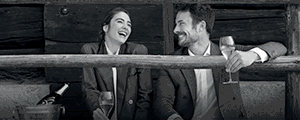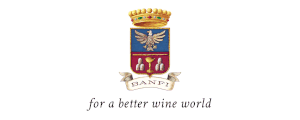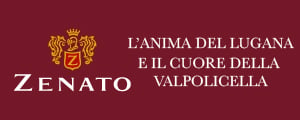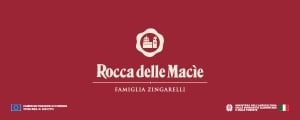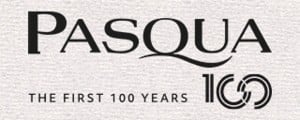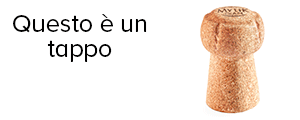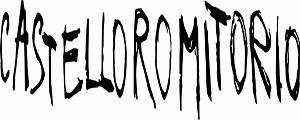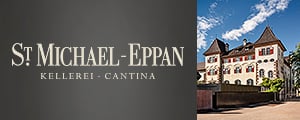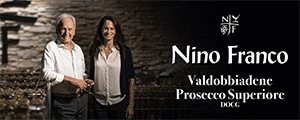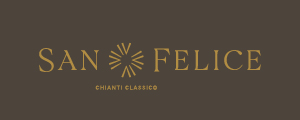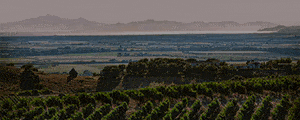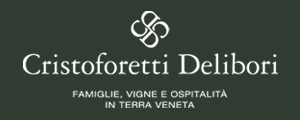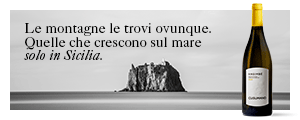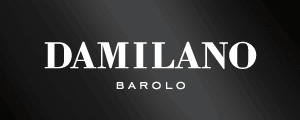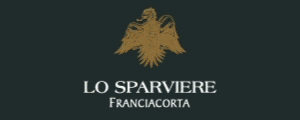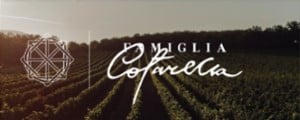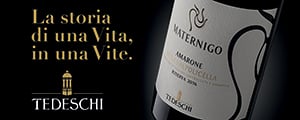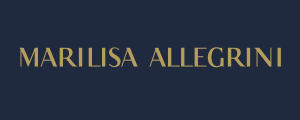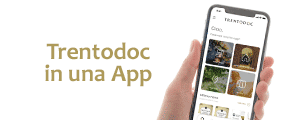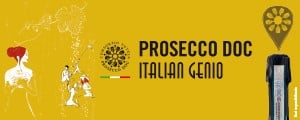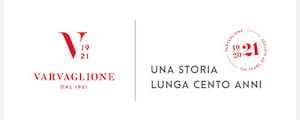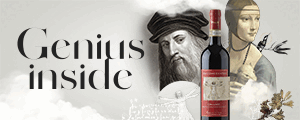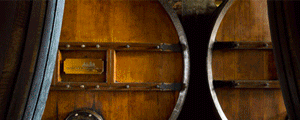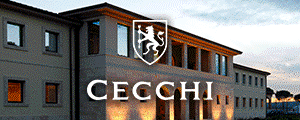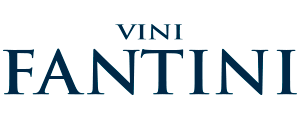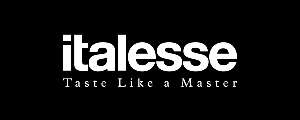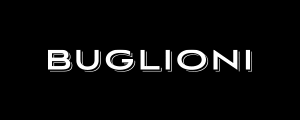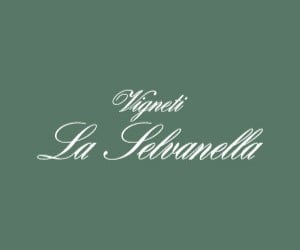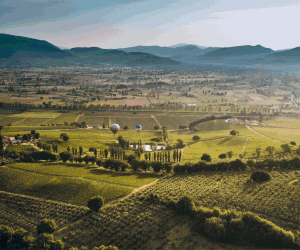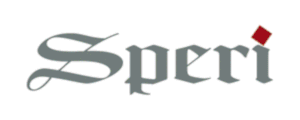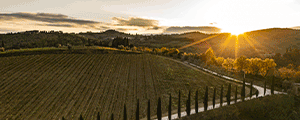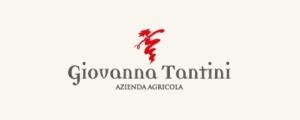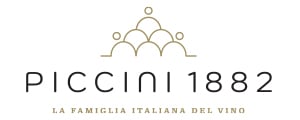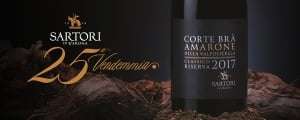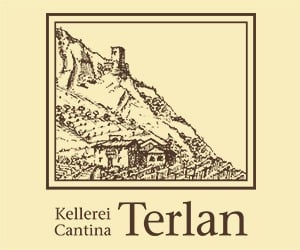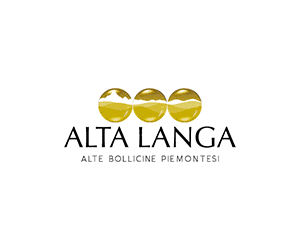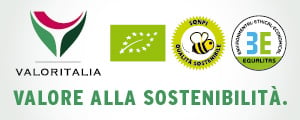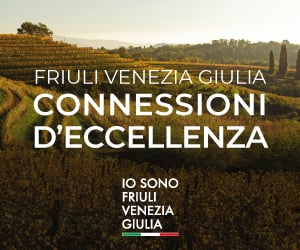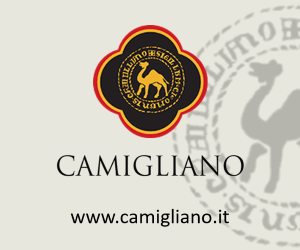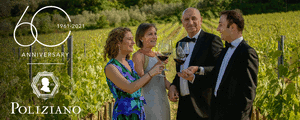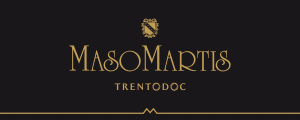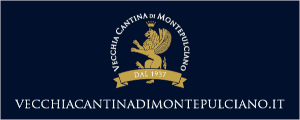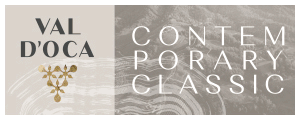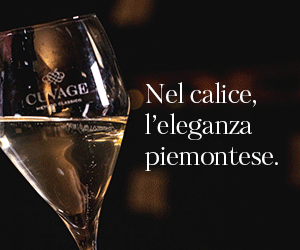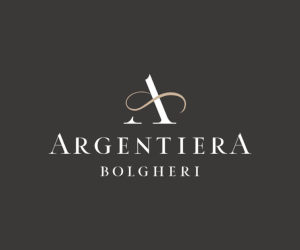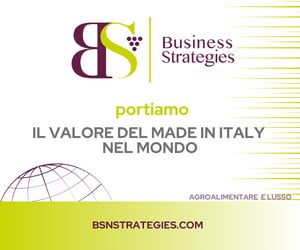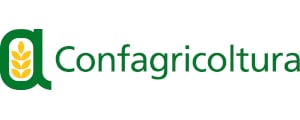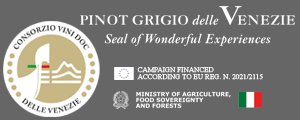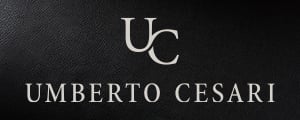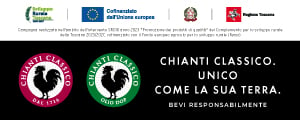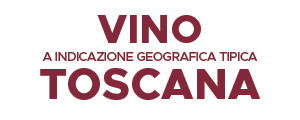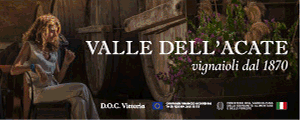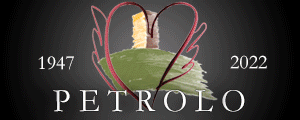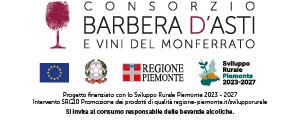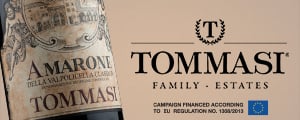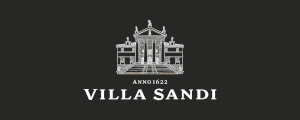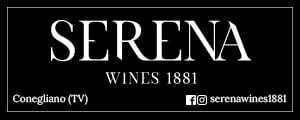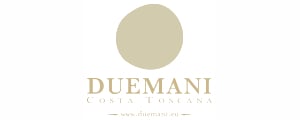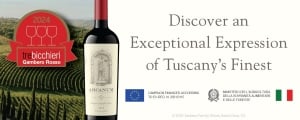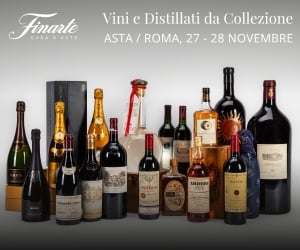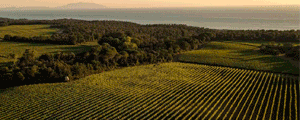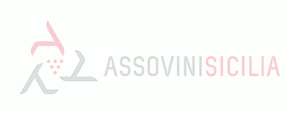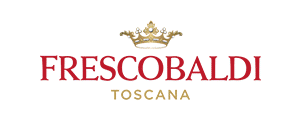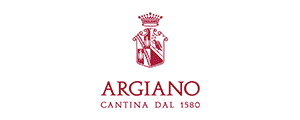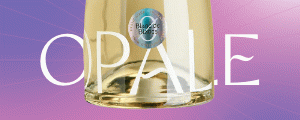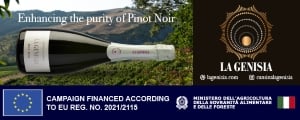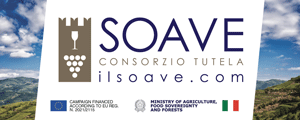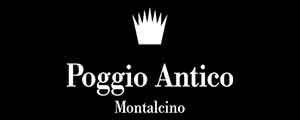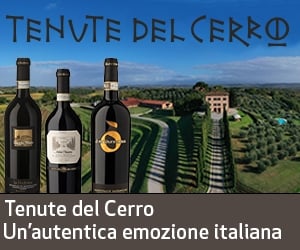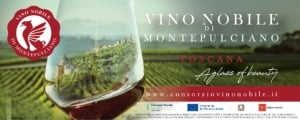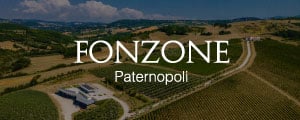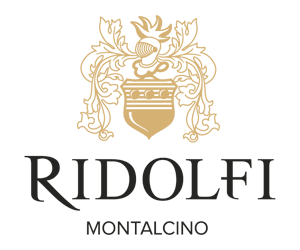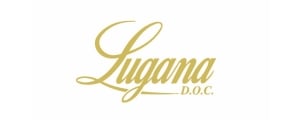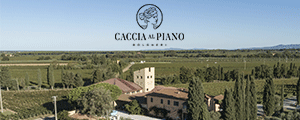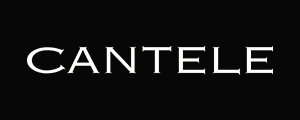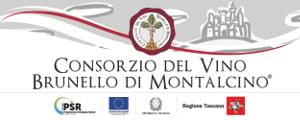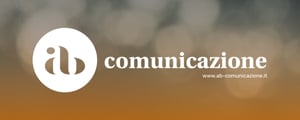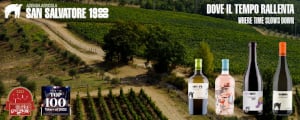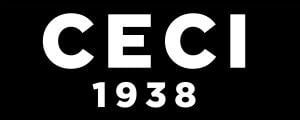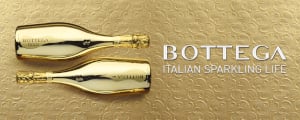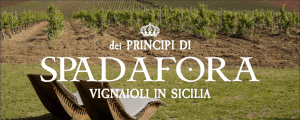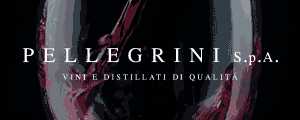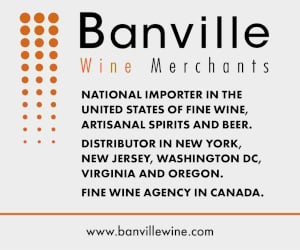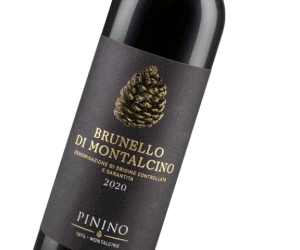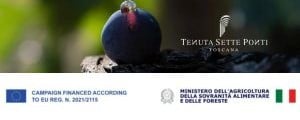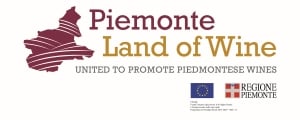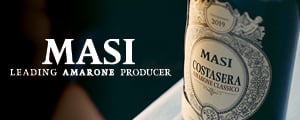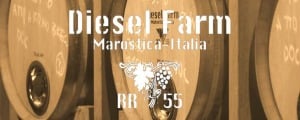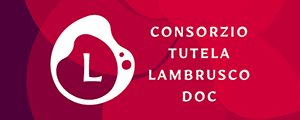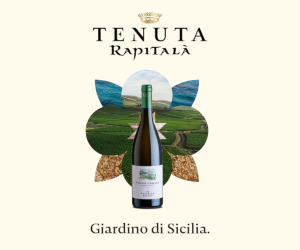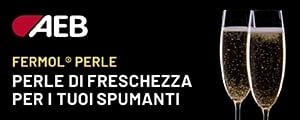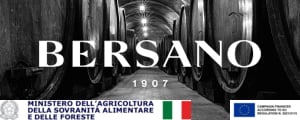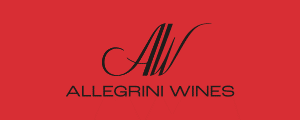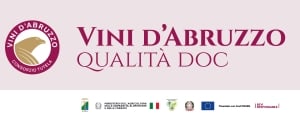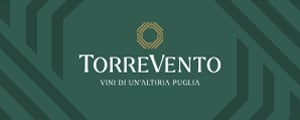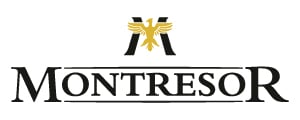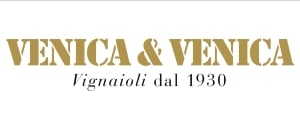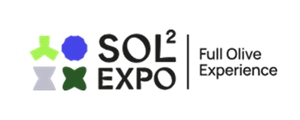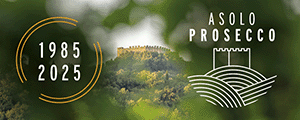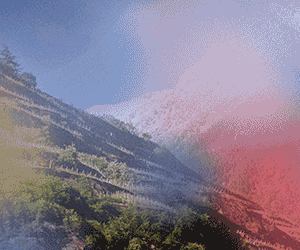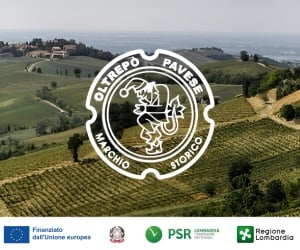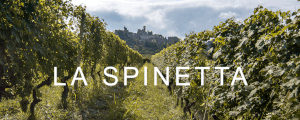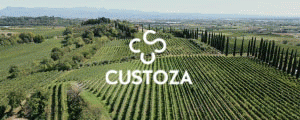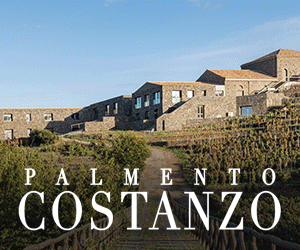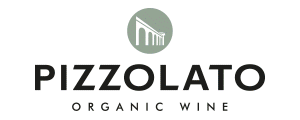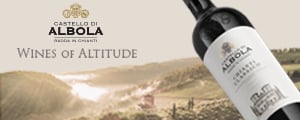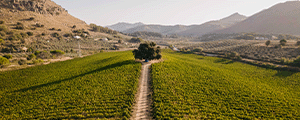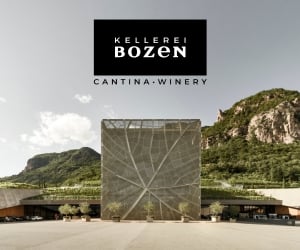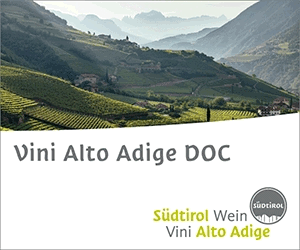Markets are sluggish, both domestically and in terms of exports, especially for red wines, with cellars full almost everywhere, as evidenced by the stocks recorded by Cantina Italia by Icqrf (39.8 million hectoliters as of July 30, 2025, +0.5% over the same period in 2024, a year that followed, however, a particularly poor harvest in 2023, ed.), a structural decline in consumption, health consciousness, and so on, are leading to the realization that it is necessary, not everywhere, but in many areas, to reduce wine production in Italy. Not only in view of the 2025 harvest, which is about to begin and promises to be at least not poor, but also in a structural way, so as not to have too much excess product and consequently see prices and the economic sustainability of the supply chain collapse. This is the refrain that has been heard in recent months at every institutional and discussion forum, national or local, on the future of Italian wine. But while it takes time to implement structural plans, in the meantime, the appellations are taking action in the short term. And while many have long since taken countermeasures to limit production (as we reported here), among the most prestigious Italian wines, in terms of value, from the Langhe region of Barolo and Barbaresco to Valpolicella dell’Amarone and beyond, to Bolgheri in Tuscany, Brunello di Montalcino, Chianti Classico, and Nobile di Montepulciano (but also Chianti, the largest regional red wine appellation), there is no consistent approach, at least in terms of harvest yields, with some cutting back for a year, others doing so over several years, and others not doing so at all.
Starting with Piedmont, therefore, “to date, no cuts are planned for grape yields per hectare for Barolo and Barbaresco (in both cases set by regulations at a maximum of 80 quintals per hectare, ed.)”, explains Andrea Ferrero, director of the Barolo Barbaresco Alba Langhe Dogliani to WineNews, “while we have decided on a 10% reduction for Langhe Nebbiolo and Barbera d'Alba, not because there are particular market problems, but rather to accompany growth while protecting values, given that Langhe Nebbiolo in particular is growing rapidly, both in terms of production and sales”. A completely different path has been chosen in Veneto by the Valpolicella Wine Consortium, led by Christian Marchesini, which protects appellations that include important wines such as Amarone, first and foremost, but also Valpolicella, Ripasso, and Recioto. “We have decided to reduce the grape yield per hectare by 10 quintals, from 110 to 100 for the next three years”, Marchesini explains to WineNews, “while we have not introduced any further restrictions at the sorting table for the production of Amarone. The aim is to maintain the balance of the appellation and defend its values in an uncertain market phase such as the one we are currently facing”. This issue will also be at the center of the meeting of the Supply Chain Pricing Committee, which brings together representatives of wine companies and trade associations, scheduled for tomorrow, August 27, at the Consortium, to discuss and outline common strategies for dealing with a complex macroeconomic context, including tariffs and declining consumption on a global scale. “Defending the economic sustainability of the supply chain”, says Marchesini, “means continuing to manage supply at a time when the market is increasingly demanding selection. We have a duty to protect the value of the work of our winegrowers and our wineries”. In addition to production management, the Valpolicella Wine Consortium will further strengthen its promotional activities in target markets, including Italy. “Valpolicella”, continues Marchesini, “can, in fact, respond to new consumer trends with fresh, lighter wines served at low temperatures. This is an evolution that also aims to safeguard the value of our wines”.
In Tuscany, however, the various consortia have different strategies. In Bolgheri, for example, the Consortium, led by Albiera Antinori and directed by Daniele Parri, has announced that the appellation is in balance and no yield cuts are planned (set by regulations at 90 quintals per hectare for Bolgheri Rosso and 80 for Rosso Superiore, ed.) for the 2025 harvest, which has seen the very first grapes picked but is yet to get into full swing. In Montalcino, land of Brunello and Rosso, the Consorzio del Brunello di Montalcino has decided to reduce the yield of Brunello di Montalcino from 80 to 70 quintals, excluding the first hectare. This decision was made based on both the international market situation for the sale of Brunello bottles and certain factors specific to viticulture and winemaking. “There were various discussions”, says Giacomo Bartolommei, president of the Consorzio del Brunello di Montalcino, “but we decided to lower the yield from 80 to 70 quintals (with the exception of the first hectare, to allow small businesses not to lose their production capacity). The decision was approved by the Consortium Assembly and ratified at the end of July by the Region of Tuscany. It is a measure that we have been implementing for 20 years now, reviewing it on the basis of the vintages and managing the total stock of wines from our appellations”. This year, due to the increase in the production area of Rosso, it will not be possible to take advantage of the reduction in yield to claim Rosso di Montalcino. This is the only difference compared to previous years. What has happened on the world markets over the last year has influenced the Consortium’s final decision: “For us, rebalancing supply is important”, explains Bartolommei, “but we also try to improve the quality of the grapes we bring to the winery: the international situation always has an impact, so we evaluate the various effects and the averages of the last five years of production to decide whether we need to regulate or leave everything as it is”.
The Chianti Classico Consortium, led by Giovanni Manetti, is taking a similar approach. Speaking to WineNews, he said: “The Consortium has decided to reduce the grape yield per hectare by 10 quintals, from 75 to 65, and this decision was unanimously approved at the meeting, which is an important point to emphasize. To date, there are no major market difficulties. In fact, if we look at the cumulative data for the last five years, production and sales are in balance, and we have no particular problems with surpluses. However, we wanted to stay ahead of the curve, given the market tensions that inevitably arise due to a thousand factors, with producers agreeing to make a sacrifice in terms of quantity produced in order to support the appellation and keep prices in balance”. No changes to yields, however, in Montepulciano, pearl of the Renaissance and land of Vino Nobile and Rosso di Montepulciano: “We have no plans to cut yields (80 quintals per hectare for Nobile, 100 for Rosso, to be regulated) and we have not decided anything in this regard. Like everyone else, we are experiencing market nervousness and the issue of US tariffs, but the appellation is in balance”, emphasizes Paolo Solini, director of the Consorzio del Vino Nobile. Meanwhile, looking at the region’s largest red wine appellation, Chianti DOCG (3,600 hectares and 75 million bottles sold each year, ed) has long since confirmed a 20% reduction in yields for 2025 (compared to 110 quintals per hectare for Chianti DOCG, from vineyards with a density of more than 4,000 vines per hectare, to be regulated, ed).
Different paths, therefore, have been taken by the various denominations, reflecting not only the variety of visions and situations that each territory brings with it, but also the uncertainty of a period, that which the wine market is experiencing, between contingent situations and structural changes, which everyone is navigating somewhat by sight, in the hope of taking the right path, waiting for better times.
Copyright © 2000/2025
Contatti: info@winenews.it
Seguici anche su Twitter: @WineNewsIt
Seguici anche su Facebook: @winenewsit
Questo articolo è tratto dall'archivio di WineNews - Tutti i diritti riservati - Copyright © 2000/2025

